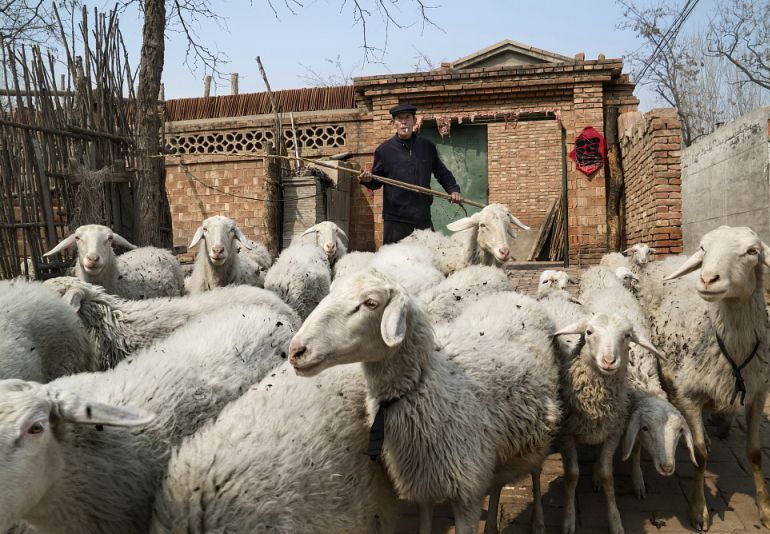By: John Bonner
Send to a friend
The details you provide on this page will not be used to send unsolicited email, and will not be sold to a 3rd party. See privacy policy.
Sheep flocks around the globe are far more genetically diverse than previously believed, offering a chance to create more-productive breeds needed by farmers in developing countries, according to an international research team.
“Almost all previous sheep genomic analyses have had poor sampling of genetic diversity from East, North and Central Asia, so this study is important for this aspect alone.”
John McEwan, AgResearch
Their study is published in the October issue of the journal Molecular Biology and Evolution. It compares the DNA from cell components called mitochondria in 42 sheep breeds from China with breeds as far west as Finland and the United Kingdom. The study also examined two species of wild sheep.
The samples of mitochondrial DNA show clearly how breeds have evolved since sheep were first domesticated in Mesopotamia — a region that encompasses parts of what is now Iraq, Syria and Turkey — about 10,000 years ago. As herding communities travelled back and forth across Asia, sheep with different characteristic to the Europe-bred races emerged.
One surprise was that there was not one but several waves of migration in which sheep were traded along the Silk Road linking China with the West. The second, later phase involved sheep bred to cope with the harsh climate of northern China and Mongolia, which became a centre of sheep trade (see map).
The migration of sheep breeds

The coloured arrows show the main migration routes and timings in thousand years (ka) of the three major sheep lineages. The blue circle is Mesopotamia. The numbered dashed arrows show migration routes reported in previous studies
As a result, sheep from Mongolia show more genetic variation than the breeds developed in Europe that have been the focus of most sheep genetics research, the paper shows.
“Almost all previous sheep genomic analyses have had poor sampling of genetic diversity from East, North and Central Asia, so this study is important for this aspect alone,” says John McEwan, principal scientist with AgResearch, an agricultural research institute in New Zealand, one of the world biggest exporters of sheep meat.
The researchers involved in the study are mainly from China, which is particularly keen to improve its sheep industry. Most existing sheep breeds were developed as much for their wool as their meat, but there is a shrinking Chinese market for wool and growing demand for mutton. Chinese farmers cannot rely on breeds developed on the lush green pastures of Western Europe, the researchers say. They need flocks that will thrive on the rough grazing of Central Asia.
But Mark Young, a geneticist with another New Zealand agricultural agency, Beef + Lamb New Zealand Genetics, says the study does not provide all the answers.
“The paper is all about what we can infer about sheep movements in the past, based on DNA changes. There is nothing linking this directly to local adaptations or performance measures,” he tells SciDev.Net. “Since farming livestock is about managing animals to exploit surplus production, like milk and meat, this doesn’t inform us about those dimensions.”
But McEwan says the research will ultimately benefit all sheep producers, not just those in countries such as New Zealand with a well-developed infrastructure for promoting livestock improvements.China, for example, has the capacity to absorb lessons from the study, he says. “New Zealand has about 30 million sheep while China has about 187 million. So China can benefit immensely more from this information than New Zealand if they decide that is what they want.”














